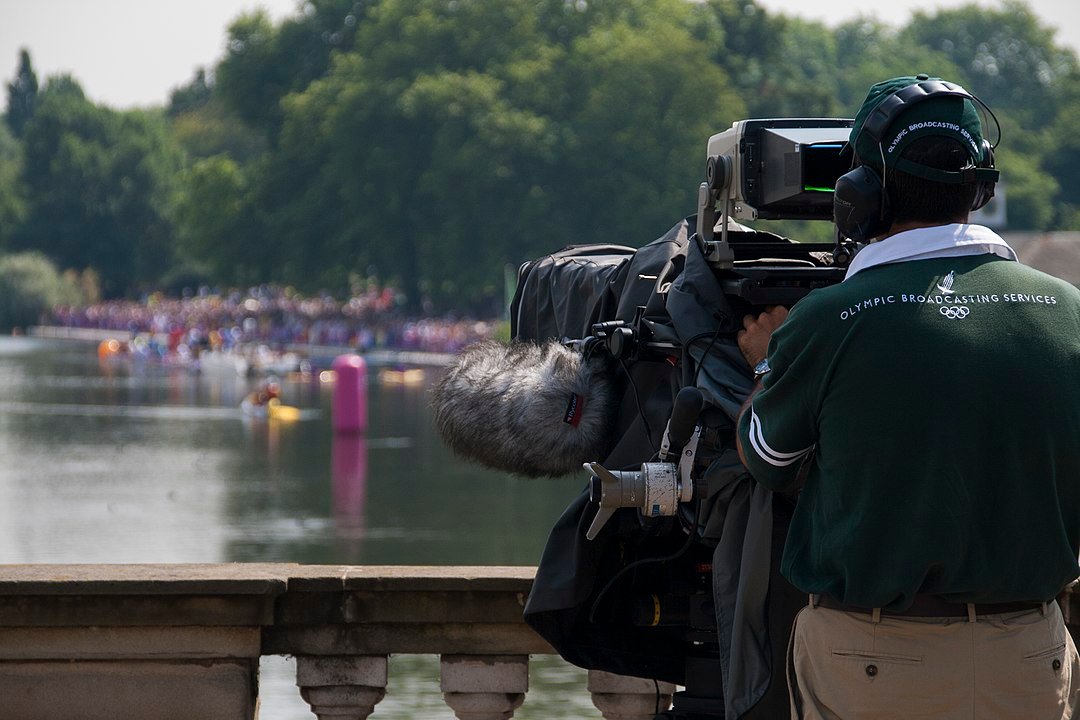
How Satellite Technology is Used in Broadcasting Live Sports Events
Sports broadcasting has transformed significantly over the years, with satellite technology playing a pivotal role in delivering live events to global audiences. From the FIFA World Cup to the Olympic Games, satellites ensure that sports fans around the world can experience the thrill of live events in real time. This article explores how satellite technology is utilized in sports broadcasting, its advantages, challenges, and the future of satellite-based broadcasting.
The Role of Satellite Technology in Sports Broadcasting
Satellite technology is a cornerstone of modern sports broadcasting. It facilitates the transmission of live sports events from stadiums to television networks and digital platforms worldwide. The process involves capturing live footage using multiple high-definition cameras, which is then relayed through satellite uplinks to broadcasting stations before reaching viewers via satellite dishes or cable networks.
1. Signal Transmission and Distribution
The process of broadcasting a live sports event via satellite involves several critical steps:
a. Capture of Live Footage
Live sports events are filmed using state-of-the-art high-definition and ultra-high-definition (UHD) cameras. These cameras are strategically placed around the venue to capture every angle of the action.
b. Uplink to Satellites
Once the footage is captured, it is transmitted to a production center for real-time editing and processing. The processed signals are then sent to an uplink station, where they are transmitted to communication satellites orbiting the Earth.
c. Downlink to Broadcasting Networks
The satellites receive the uplinked signals and retransmit them to downlink stations, which then distribute the broadcast to various television networks, cable providers, and streaming platforms.
d. Transmission to End-Users
From the downlink stations, the signal is further transmitted to households via satellite dishes, cable networks, or digital platforms. This ensures that millions of viewers can watch live sports events simultaneously across different continents.
2. Global Coverage and Accessibility
One of the primary advantages of satellite broadcasting is its ability to provide global coverage. Unlike terrestrial broadcasting, which is limited by geographical constraints, satellite technology enables sports events to be transmitted across vast distances without loss of quality. This is particularly beneficial for international sporting events like the Olympics, where audiences from different time zones rely on satellite feeds for real-time updates.
3. Reliability and Scalability
Satellite broadcasting is highly reliable, offering uninterrupted transmission even in remote locations where traditional cable infrastructure is unavailable. This makes it an ideal solution for covering sports events held in distant regions, such as rally races in deserts or winter sports in the Arctic. Additionally, satellites can handle high bandwidth demands, ensuring seamless transmission of high-definition video and audio signals.
Advantages of Satellite Technology in Live Sports Broadcasting
1. High-Quality Transmission
Satellite technology supports high-definition (HD) and ultra-high-definition (4K and even 8K) broadcasts, ensuring a superior viewing experience. The ability to transmit crystal-clear visuals, along with surround sound, enhances the engagement of viewers worldwide.
2. Real-Time Broadcasting
One of the key advantages of satellites is their ability to provide real-time coverage. This is crucial for sports events, where even a few seconds of delay can impact the viewing experience. Satellite transmission ensures minimal latency, making it the preferred choice for live sports broadcasting.
3. Versatility in Remote Locations
Many major sporting events, such as marathons, extreme sports, and adventure races, take place in remote locations with limited infrastructure. Satellite technology enables live coverage from these locations without the need for extensive ground-based broadcasting equipment.
4. Multi-Angle Coverage and Instant Replays
With the advent of multiple camera angles, slow-motion replays, and aerial shots using drones, satellite technology ensures seamless transmission of these features to enhance the viewer experience. Broadcasters can switch between different angles instantaneously, providing dynamic coverage of live events.
5. Scalability for Large Audiences
Unlike traditional cable networks that have limitations on bandwidth, satellite broadcasting can scale to accommodate millions of simultaneous viewers. This is particularly important for globally popular events such as the FIFA World Cup, Super Bowl, or the Olympics, where the number of viewers can reach billions.
Challenges of Using Satellite Technology in Sports Broadcasting
Despite its numerous benefits, satellite broadcasting also comes with challenges that need to be addressed:
1. High Operational Costs
The cost of satellite transmission is significantly higher compared to terrestrial broadcasting methods. Leasing satellite transponders, maintaining uplink/downlink stations, and ensuring uninterrupted service require substantial financial investment.
2. Weather Interference
One of the primary drawbacks of satellite broadcasting is its susceptibility to weather conditions. Heavy rain, thunderstorms, and solar flares can cause signal degradation, leading to disruptions in live sports coverage.
3. Latency Issues
Although satellite technology provides low-latency transmission, it still experiences a slight delay compared to fiber-optic communication. In high-stakes sports events, even a fraction of a second can make a difference in delivering real-time updates to viewers.
4. Complex Technical Infrastructure
Setting up and managing satellite-based broadcasting requires sophisticated technical infrastructure, including uplink stations, signal processing units, and backup transmission systems. This complexity demands highly skilled professionals and continuous monitoring to ensure seamless operation.
The Future of Satellite Technology in Sports Broadcasting
As technology continues to evolve, the future of satellite-based sports broadcasting looks promising. Several advancements are set to enhance the efficiency and quality of satellite transmissions:
1. 5G and Satellite Integration
The integration of 5G technology with satellite broadcasting will revolutionize live sports coverage. 5G networks can complement satellite signals by providing faster data transmission and reducing latency, leading to improved streaming quality.
2. High-Efficiency Video Coding (HEVC)
The adoption of HEVC (H.265) technology allows broadcasters to compress video data without compromising quality. This reduces bandwidth consumption, making satellite transmission more efficient and cost-effective.
3. AI and Machine Learning for Enhanced Broadcasting
Artificial intelligence (AI) and machine learning are being utilized to enhance sports broadcasting by providing real-time analytics, automatic highlight generation, and personalized viewing experiences. Satellite technology can leverage AI-driven enhancements to deliver more engaging content to audiences.
4. Ultra HD and VR Broadcasting
With the increasing demand for ultra-high-definition (8K) and virtual reality (VR) experiences, satellite broadcasting is evolving to support these formats. Future sports events will likely be streamed in immersive VR, allowing fans to experience the action as if they were present in the stadium.
5. LEO (Low Earth Orbit) Satellites
The emergence of LEO satellite constellations, such as Starlink, is expected to improve satellite broadcasting by reducing latency and increasing coverage. LEO satellites orbit closer to the Earth, enabling faster data transmission and better connectivity.
Satellite technology has revolutionized the way live sports events are broadcasted, offering global coverage, high-quality transmission, and real-time streaming. Despite challenges such as high operational costs and weather-related disruptions, advancements in AI, 5G integration, and ultra-HD broadcasting continue to push the boundaries of what is possible. As technology progresses, satellite-based sports broadcasting will remain an essential component of delivering unforgettable sporting moments to audiences worldwide. image/wikipedia





